Unreal Engine 5.3: five key features for CG artists
Originally posted on 27 July 2023, and updated with details of the stable release.
Epic Games has released Unreal Engine 5.3, the latest version of the game engine.
It’s another significant update, giving VFX artists the option to import smoke and fire simulations created in other DCC applications in OpenVDB format and render them inside Unreal Engine.
Animators get a new Skeletal Editor and Panel Cloth Editor, visualisation professionals get proper support for orthographic rendering, virtual production artists get an anamorphic lens solver, and filmmakers get a rail camera rig.
Below, you can read our pick of the five main new features in Unreal Engine 5.3 for CG artists, as opposed to programmers, along with a summary of the other key changes.
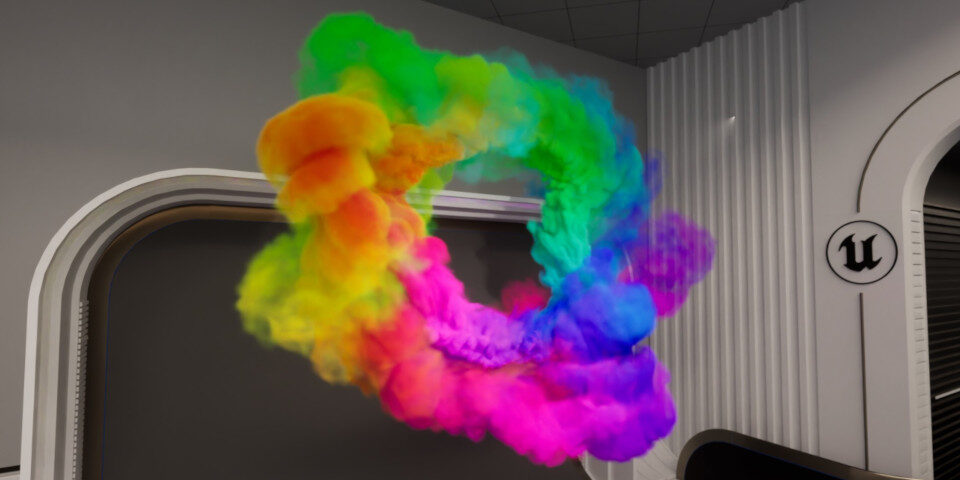
1. VFX: import smoke, fire and clouds in OpenVDB format (Experimental)
One of the biggest changes in Unreal Engine 5.3 is the option to import simulations from DCC applications like Houdini in OpenVDB format and render them in Unreal Engine.
Unlike third-party plugins for importing OpenVDB files, which convert the imported data to NanoVDB, Unreal Engine converts the data into Sparse Volume Textures (SVTs).
Like UE4’s Volume Textures, SVTs can be indexed with 3D UV co-ordinates, but use “much less” memory.
SVTs are supported in the Deferred Renderer as Heterogeneous Volumes for smoke and fire, or as Volumetric Cloud or Volumetric Fog.
“More complete support” is available when rendering volumes with the Path Tracer, which can simulate scattering, self-shadowing and GI.
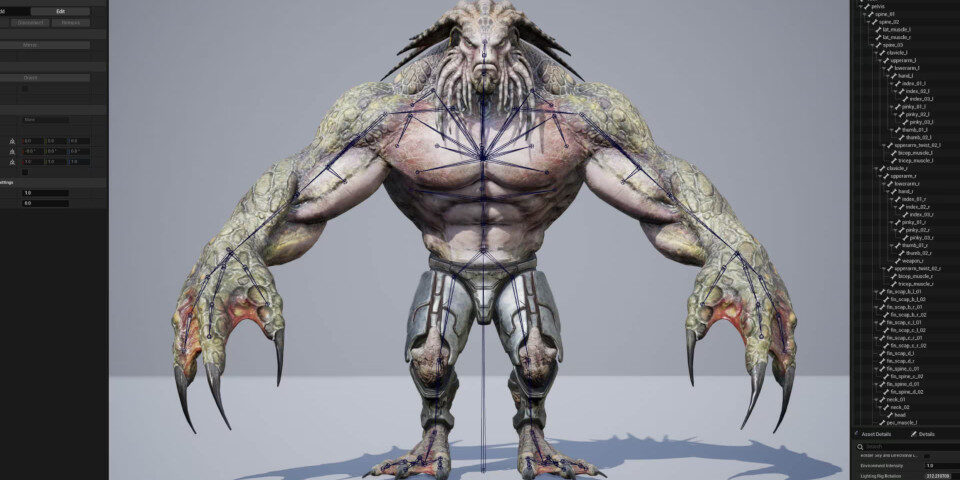
2. Animation: rig characters inside UE5 with the Skeletal Editor (Experimental)
Another major new feature in Unreal Engine 5.3 is the Skeletal Editor, intended for rigging characters or editing skin weights directly inside Unreal Editor, rather than having to do so in DCC applications.
Users can convert Static Meshes to Skeletal Meshes, add or edit bones, and paint skin weights, with support for standard painting options like Flood, Relax and Normalize.
Animators also get updates to the Curve Editor and Smart Bake system, and workflow improvements for animation retargeting.
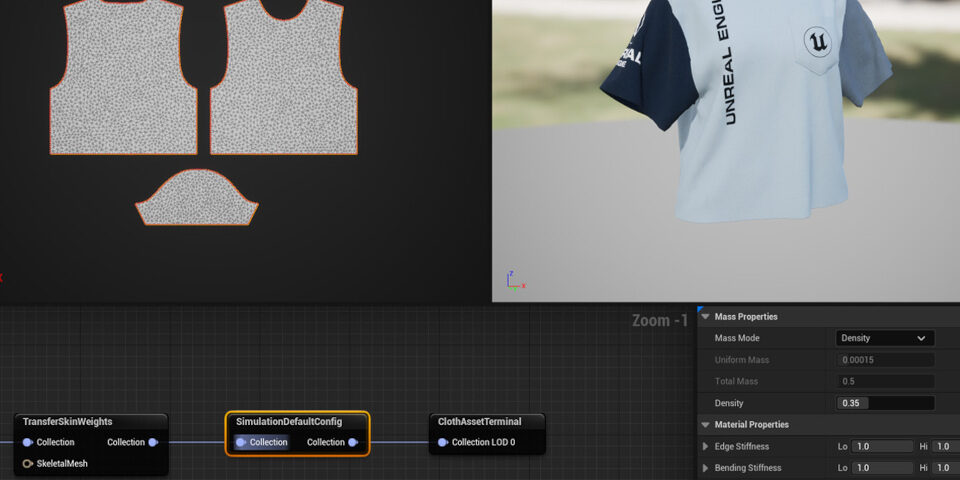
3. VFX: new Panel Cloth Editor to streamline cloth simulation (Experimental)
Unreal Engine 5.3 also includes a new Panel Cloth Editor, with support for XPBD (Extended Position Based Dynamics) constraints as well as the existing PBD constraints.
Simulation metrics are no longer baked into the draped pose, so simulation quality should be improved even when using PBD constraints.
The new editor uses a non-destructive workflow, replacing masks with reusable weight maps, and supports cloth-flesh interactions and Level Set Volume (LSV) collisions.
According to Epic, it lays the foundation for both real-time cloth editing, and a “more VFX-oriented” approach based around simulation caching, enabling users to trade simulation time against accuracy.
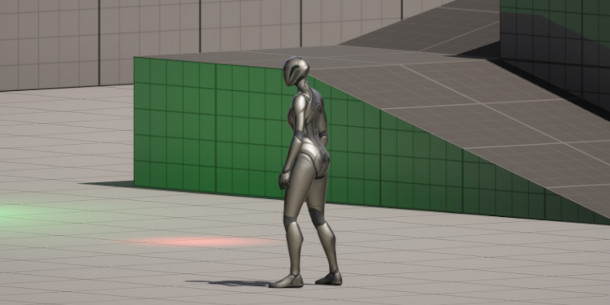
4. Visualisation: proper support for orthographic rendering (Experimental)
Architects and visualisation artists get proper support for orthographic rendering.
Unreal Engine has had an Orthographic mode for cameras for some time, but Epic describes it as having been “impractical to use” due to the number of rendering features not supported.
In Unreal Engine 5.3, it supports “most modern features”, including dynamic GI system Lumen, Nanite virtualised geometry, shadows, and Temporal Super Resolution (TSR) render upscaling.
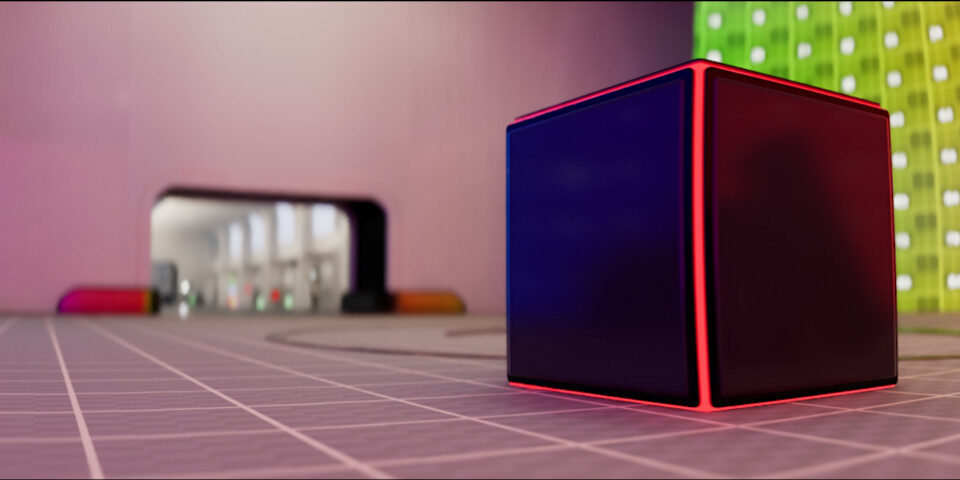
5. Virtual production: new anamorphic lens solver (Experimental)
Artists using Unreal Engine for previs or virtual production work get a number of new features, including a new Anamorphic Lens Model and Anamorphic Lens Solver.
The changes should make it possible to render the CG elements of a shot in real time with distortion matching that of live-action footage shot using anamorphic lenses.
Other key changes include initial support for Unreal Engine’s virtual camera system on macOS, and CineCamera Rig Rail, for setting up rail camera shots inside Unreal Engine.
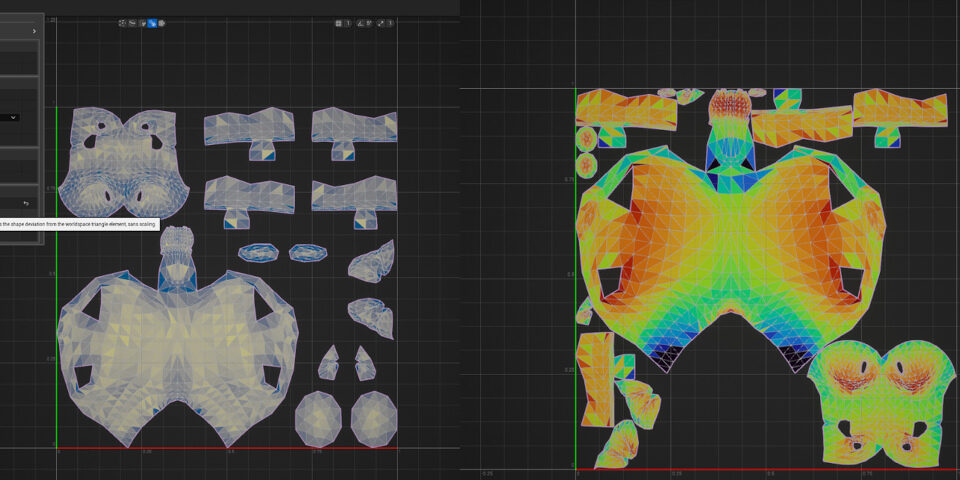
Updates to Nanite, Lumen and the modelling and simulation toolsets
Unreal Engine 5.3 also features further updates to virtualised geometry system Nanite, dynamic lighting system Lumen, the in-engine modelling and UV tools, and to the other simulation toolsets.
Nanite gets support for explicit per-vertex tangents, which should improve results with low-poly models, and can now be enabled in Landscape Actors to boost runtime performance for large landscape assets.
Lumen now supports more than one bounce when rendering reflections using hardware ray tracing, and Lumen Reflections can be used without Lumen GI, to improve the visual quality of levels with static lighting.
The in-engine modelling toolset gets a reworked UI and new vertex paint tools, while the UV editor can now visualise texture distortion via heatmaps.
Niagara, Unreal Engine’s particle effects system, gets support for transforming fluid simulations after they are cached, making it possible to duplicate and offset caches to create more complex effects.
The hair grooming toolset now supports streaming of groom and groom binding assets, and there is initial support for hair strands in the deformer graph.
The new Procedural Content Generation toolset introduced in Unreal Engine 5.2 gets support for hierarchical workflows, making it possible to use multiple grid sizes when generating game worlds.
Pipeline integration and platform changes
In addition, support for the USD and MaterialX standards is being extended further, with the option to edit USD materials directly in the viewport and to import USD files with MaterialX shading networks.
Other key pipeline integration changes include the use of the OpenColorIO (OCIO) standard for internal texture conversions.
You can find a complete list of changes via the links below, including new features for developers like Multi-Process Cook, which makes better use of available CPU cores and memory when using a build farm to convert content to a platform-specific format.
System requirements and availability
Unreal Engine 5.3 is available now for 64-bit Windows, macOS and Linux.
Use of the editor is free, as is rendering non-interactive content. For games developed with the engine, Epic takes 5% of the gross royalties after the first $1 million generated.
Read an overview of the new features in Unreal Engine 5.3 on Epic Games’ blog
Read a full list of new features in Unreal Engine 5.3 in the online release notes
Have your say on this story by following CG Channel on Facebook, Instagram and X (formerly Twitter). As well as being able to comment on stories, followers of our social media accounts can see videos we don’t post on the site itself, including making-ofs for the latest VFX movies, animations, games cinematics and motion graphics projects.
